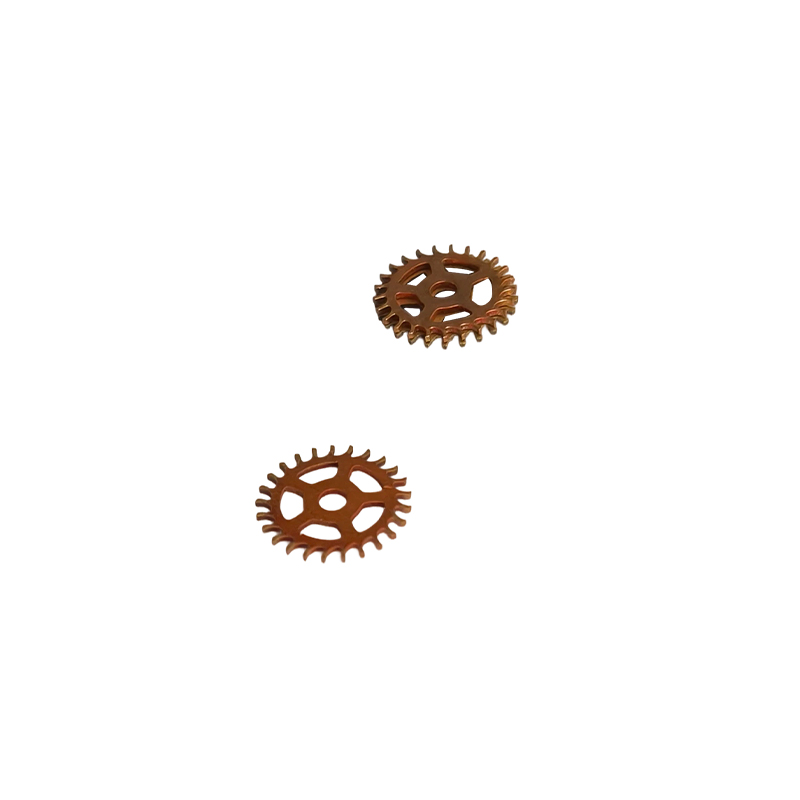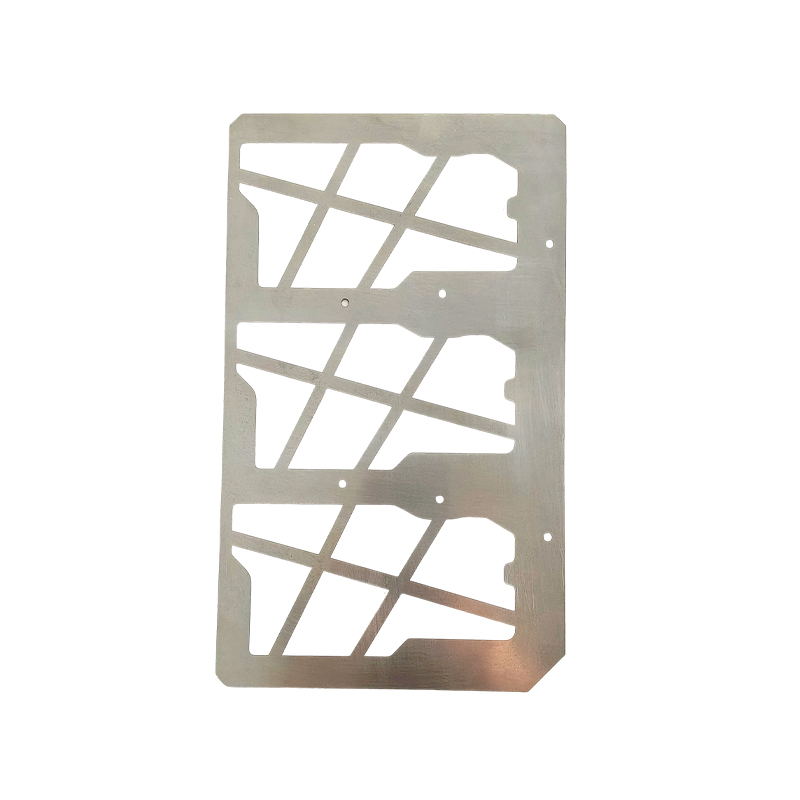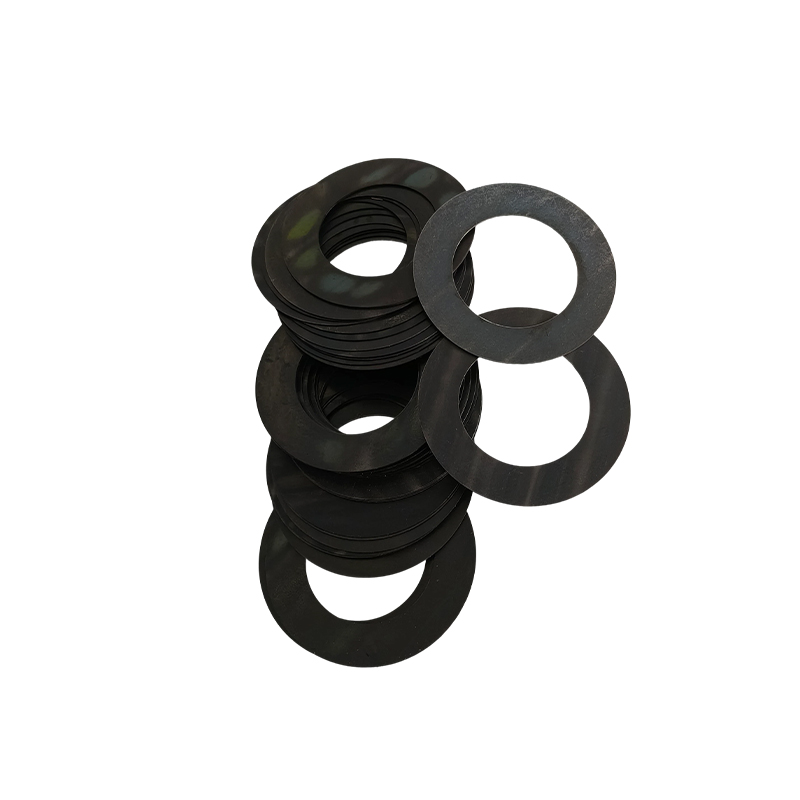How does laser processing of copper products contribute to green manufacturing and reduce material waste?
Release Time : 2025-08-14
Amid the global advocacy for sustainable development and green manufacturing, the manufacturing industry faces an urgent need to transition from high-energy consumption and high-emissions models to high-efficiency, low-carbon, and environmentally friendly ones. As a key material widely used in power, electronics, construction, and transportation, optimizing copper processing techniques is crucial for achieving green manufacturing. Laser processing of copper products, with its high precision, high efficiency, and low loss, is becoming a key tool in promoting the green transformation of copper processing.
1. High-Precision Cutting Reduces Material Waste
Traditional mechanical cutting methods such as shearing, punching, or sawing often result in large kerf widths and positioning errors when processing copper products, which can lead to reduced material utilization. Laser processing, on the other hand, utilizes a high-energy-density laser beam for non-contact melt cutting. Its spot diameter can be controlled to less than 0.1 mm, resulting in an extremely narrow kerf that significantly reduces material "cutting loss." Especially when processing complex contours or densely packed parts, laser processing enables tight layout, maximizing the available copper plate area, improving material utilization, and reducing scrap.
2. Digital nesting optimizes resource utilization
Laser processing is often integrated with CAD/CAM software systems, enabling a digital process from design to production. Before cutting, engineers can use specialized nesting software to intelligently lay out the copper plate, automatically optimizing the arrangement of parts and minimizing gaps and waste areas. This intelligent nesting not only improves production efficiency but also fundamentally reduces copper consumption per unit product. For high-volume production, even a material saving of a few percentage points per square meter can cumulatively result in significant resource savings and cost reductions.
3. Reduced Post-Processing, Lowering Energy Consumption and Pollution
Traditional cutting methods often produce burrs, indentations, or oxide layers at the cut edge, requiring subsequent grinding, polishing, or chemical treatment. These processes not only increase energy consumption but also generate pollutants such as dust and waste liquids. Properly controlling parameters in laser processing copper can produce smooth, neat cut surfaces, significantly reducing or even eliminating post-processing steps. This not only shortens production cycle time but also reduces energy consumption and waste emissions from auxiliary equipment, aligning with the core principle of green manufacturing: reducing processes and emissions.
4. Supporting Small-Batch Customization, Avoiding Overproduction
Green manufacturing not only focuses on environmentally friendly production processes but also emphasizes the rational allocation of resources and the avoidance of waste. Laser processing equipment, with its advantages of rapid changeover and flexible programming, is particularly suitable for the customized production of small batches and a wide variety of copper products. Companies can perform on-demand processing based on actual needs, avoiding the "oversized batches and inventory backlogs" associated with traditional mold production. This reduces material waste caused by unsold products or design changes, and achieves "precision manufacturing with zero redundancy."
5. Improving the Value of Waste Recycling
Copper waste generated by laser processing primarily consists of fine scraps and cutting residues. Because the cutting process does not introduce contaminants such as oil and coolant (especially when using nitrogen or oxygen-assisted cutting), the waste is highly pure and easy to sort and recycle. High-purity recycled copper can be directly smelted and reprocessed into copper materials, creating a closed-loop process that significantly reduces reliance on primary mineral resources and reduces energy consumption and carbon emissions during mining and smelting.
6. Technological Advances Promote Green Upgrades
With the development of high-power fiber lasers and intelligent control systems, laser processing has become increasingly adaptable to copper, a material with high reflectivity and high thermal conductivity. Modern laser equipment can effectively suppress laser reflection and thermal diffusion in copper by precisely controlling pulse frequency, power waveform, and gas-assisted systems, achieving a stable and efficient cutting process. This not only improves processing yield but also reduces material scrap due to cutting failures, further strengthening its advantages in green manufacturing.
In summary, laser processing of copper products comprehensively contributes to the realization of green manufacturing goals through high-precision cutting, intelligent nesting, reduced post-processing, flexible production, and the promotion of resource recycling. It is not only an advanced processing technology but also a key engine driving the copper processing industry's transformation towards low-carbon, efficient, and sustainable development.
1. High-Precision Cutting Reduces Material Waste
Traditional mechanical cutting methods such as shearing, punching, or sawing often result in large kerf widths and positioning errors when processing copper products, which can lead to reduced material utilization. Laser processing, on the other hand, utilizes a high-energy-density laser beam for non-contact melt cutting. Its spot diameter can be controlled to less than 0.1 mm, resulting in an extremely narrow kerf that significantly reduces material "cutting loss." Especially when processing complex contours or densely packed parts, laser processing enables tight layout, maximizing the available copper plate area, improving material utilization, and reducing scrap.
2. Digital nesting optimizes resource utilization
Laser processing is often integrated with CAD/CAM software systems, enabling a digital process from design to production. Before cutting, engineers can use specialized nesting software to intelligently lay out the copper plate, automatically optimizing the arrangement of parts and minimizing gaps and waste areas. This intelligent nesting not only improves production efficiency but also fundamentally reduces copper consumption per unit product. For high-volume production, even a material saving of a few percentage points per square meter can cumulatively result in significant resource savings and cost reductions.
3. Reduced Post-Processing, Lowering Energy Consumption and Pollution
Traditional cutting methods often produce burrs, indentations, or oxide layers at the cut edge, requiring subsequent grinding, polishing, or chemical treatment. These processes not only increase energy consumption but also generate pollutants such as dust and waste liquids. Properly controlling parameters in laser processing copper can produce smooth, neat cut surfaces, significantly reducing or even eliminating post-processing steps. This not only shortens production cycle time but also reduces energy consumption and waste emissions from auxiliary equipment, aligning with the core principle of green manufacturing: reducing processes and emissions.
4. Supporting Small-Batch Customization, Avoiding Overproduction
Green manufacturing not only focuses on environmentally friendly production processes but also emphasizes the rational allocation of resources and the avoidance of waste. Laser processing equipment, with its advantages of rapid changeover and flexible programming, is particularly suitable for the customized production of small batches and a wide variety of copper products. Companies can perform on-demand processing based on actual needs, avoiding the "oversized batches and inventory backlogs" associated with traditional mold production. This reduces material waste caused by unsold products or design changes, and achieves "precision manufacturing with zero redundancy."
5. Improving the Value of Waste Recycling
Copper waste generated by laser processing primarily consists of fine scraps and cutting residues. Because the cutting process does not introduce contaminants such as oil and coolant (especially when using nitrogen or oxygen-assisted cutting), the waste is highly pure and easy to sort and recycle. High-purity recycled copper can be directly smelted and reprocessed into copper materials, creating a closed-loop process that significantly reduces reliance on primary mineral resources and reduces energy consumption and carbon emissions during mining and smelting.
6. Technological Advances Promote Green Upgrades
With the development of high-power fiber lasers and intelligent control systems, laser processing has become increasingly adaptable to copper, a material with high reflectivity and high thermal conductivity. Modern laser equipment can effectively suppress laser reflection and thermal diffusion in copper by precisely controlling pulse frequency, power waveform, and gas-assisted systems, achieving a stable and efficient cutting process. This not only improves processing yield but also reduces material scrap due to cutting failures, further strengthening its advantages in green manufacturing.
In summary, laser processing of copper products comprehensively contributes to the realization of green manufacturing goals through high-precision cutting, intelligent nesting, reduced post-processing, flexible production, and the promotion of resource recycling. It is not only an advanced processing technology but also a key engine driving the copper processing industry's transformation towards low-carbon, efficient, and sustainable development.







